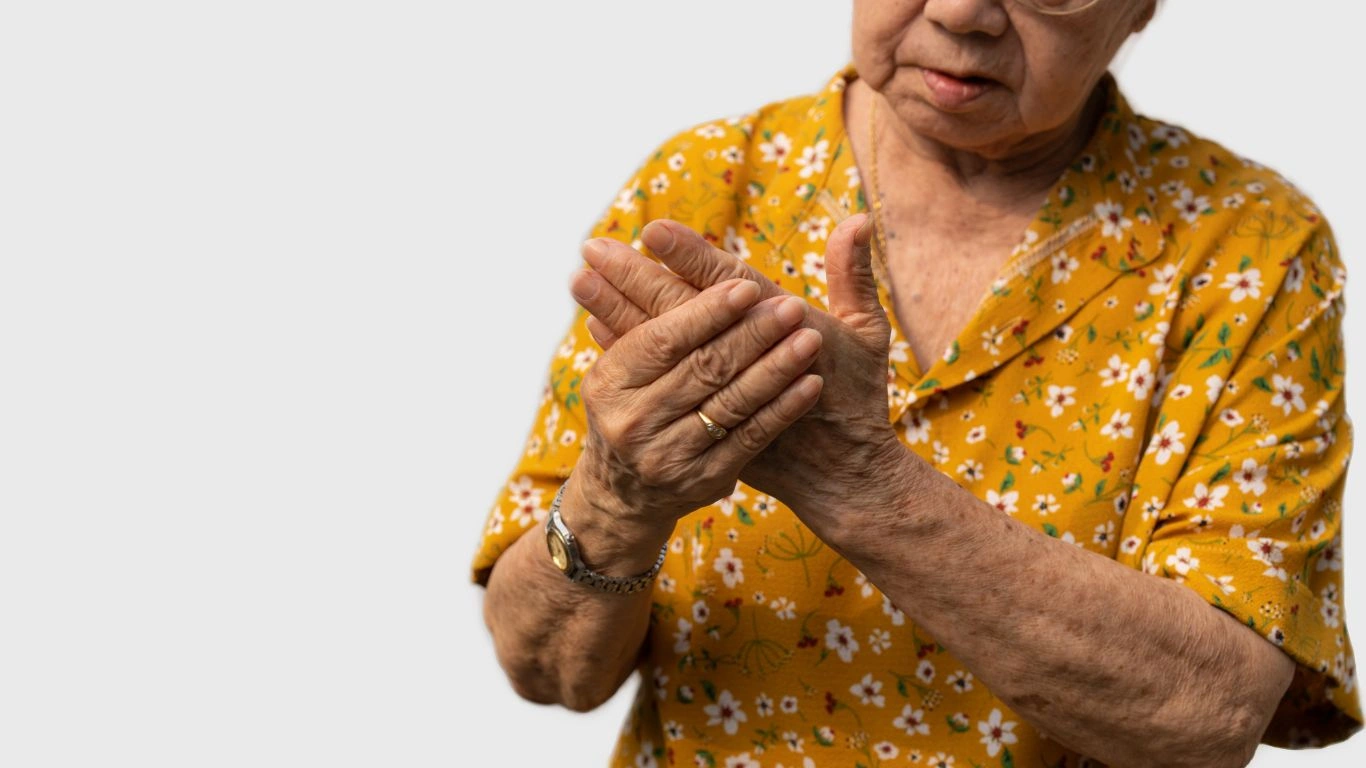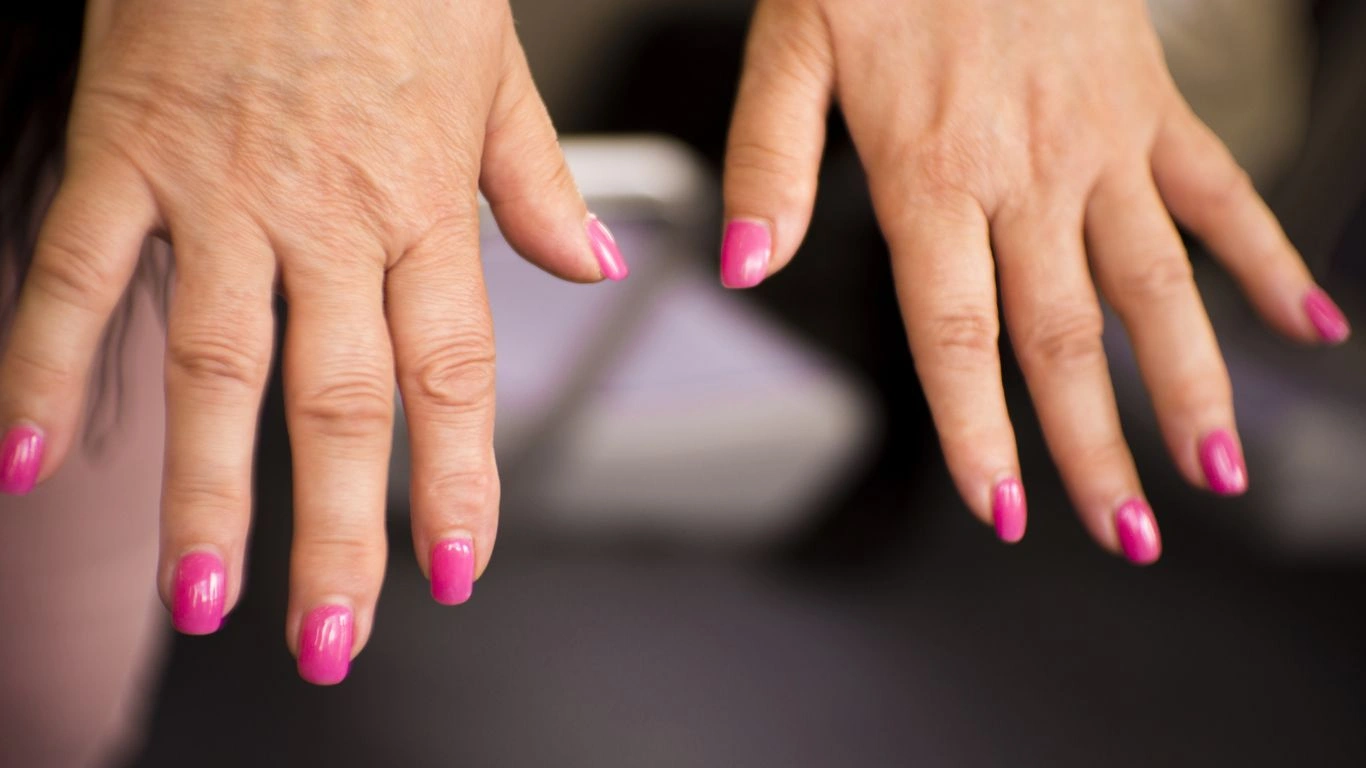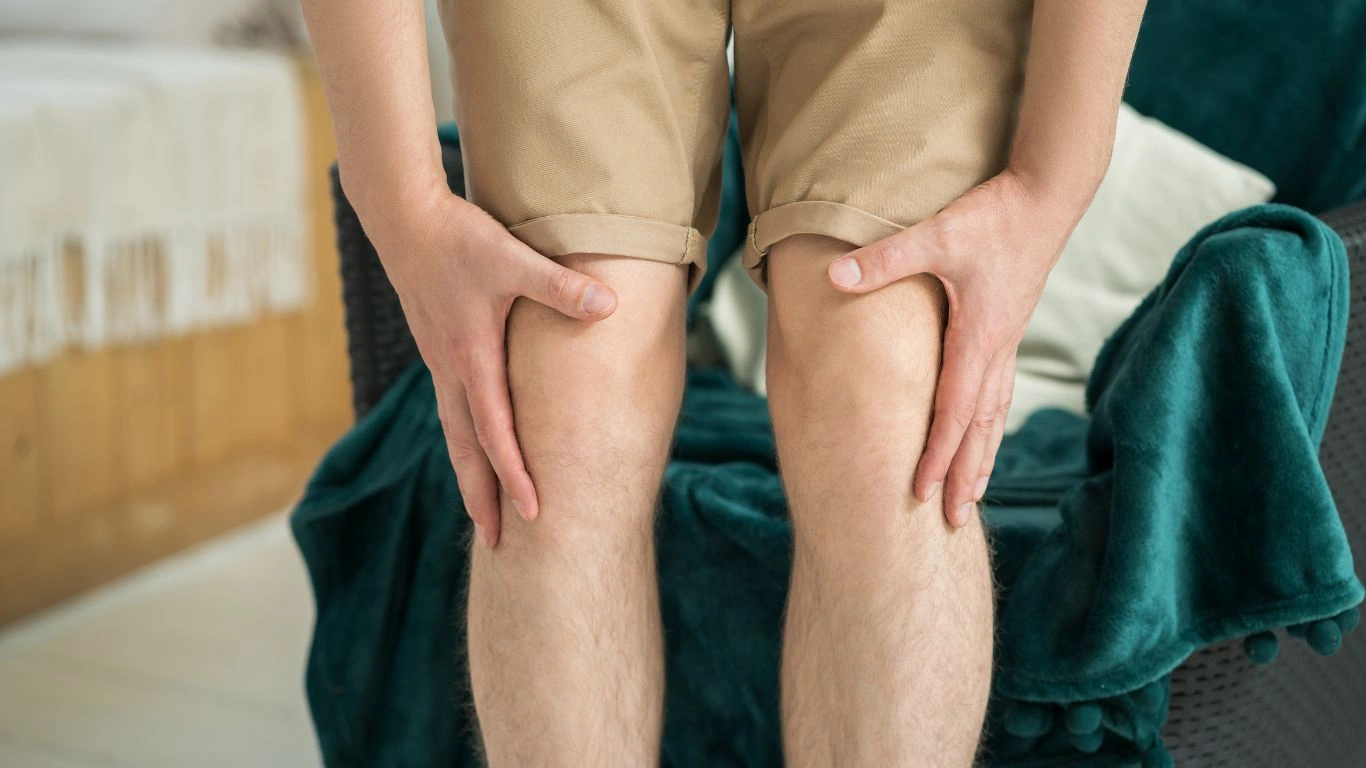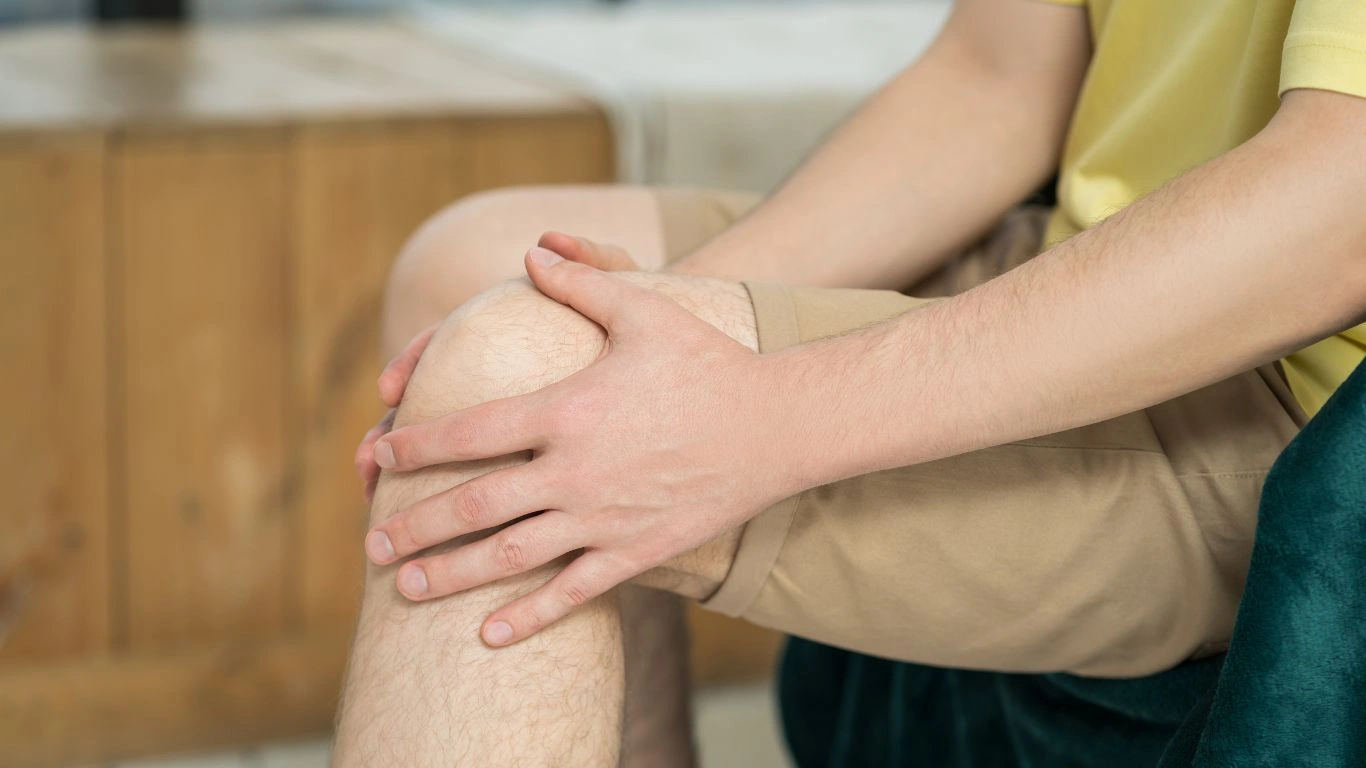Discover the Benefits of Swimming for Rheumatoid Arthritis Relief
Rheumatoid arthritis (RA) can be a challenging condition, but it’s not all doom and gloom! As someone who’s dedicated years to diagnosing, treating, and managing RA, I can confidently say that the journey to improving your quality of life doesn’t have to be all about medication. In fact, one of the most therapeutic and enjoyable activities you can engage in is swimming. It’s not just fun; it’s a powerful tool that brings numerous benefits for those managing rheumatoid arthritis. In this article, we’re going to dive deep into how swimming can help ease RA symptoms and even improve your overall health.
Understanding Rheumatoid Arthritis and the Challenges It Brings
If you or someone you love has been diagnosed with rheumatoid arthritis, you probably know it’s more than just joint pain. RA is an autoimmune disease that targets the synovial lining of the joints, causing inflammation, pain, and stiffness. But it doesn’t just stop at the joints – RA can affect other parts of the body, too, from the skin to internal organs. The fatigue, physical limitations, and unpredictability of flare-ups can make everyday activities feel like a mountain to climb.
Managing RA isn’t just about controlling flare-ups; it’s about finding ways to enhance your overall wellbeing. This is where swimming comes in. It’s one of the most low-impact exercises available and offers incredible relief for people with RA. Why? Because it’s gentle on the joints while providing a full-body workout. Now, I know it might sound a little intimidating to think about swimming with RA, but trust me, the benefits far outweigh the concerns.

The Benefits of Swimming for Rheumatoid Arthritis
Now, let’s talk about why swimming is such a game-changer for rheumatoid arthritis patients. While there are many forms of exercise that can help with RA, swimming stands out due to its combination of low-impact movement and the therapeutic effects of water.
1. Low-Impact Exercise for Joint Relief
When dealing with rheumatoid arthritis, high-impact exercises like running or heavy lifting can feel more like a punishment than a benefit. But swimming is different! It’s a weightless experience that takes the pressure off your joints, allowing you to move more freely. The buoyancy of the water supports your body, reducing the risk of further joint strain while still giving you a full-body workout.
Whether you’re swimming laps or simply treading water, your joints are cushioned and protected from the harsh impact that can make typical exercises uncomfortable. I’ve seen many patients over the years find that even a short swim session leaves them feeling less stiff and more flexible the following day.
2. Strengthening Muscles Without the Strain
Building strength is important for anyone with rheumatoid arthritis because stronger muscles help to support and stabilize the joints. The great thing about swimming is that it uses nearly every muscle group in the body – from the arms and legs to the core – without putting strain on your joints. This means you can work on strengthening your muscles without the worry of aggravating your RA symptoms.
Over time, this can lead to improved joint stability, reducing the frequency and severity of flare-ups. One of my long-time patients shared how swimming regularly helped them improve mobility and strength, allowing them to reduce their reliance on pain medication over time. It’s truly empowering to see such progress!
3. Reducing Inflammation Through Gentle Movement
One of the primary goals of RA treatment is to manage inflammation, and swimming can play a significant role here. The rhythmic movements of swimming – combined with the soothing properties of the water – help to reduce the overall inflammation in your joints. By moving your body gently through the water, you’re encouraging better circulation, which helps to carry away waste products and bring in nutrients that aid in recovery and inflammation reduction.
Additionally, the constant movement in water prevents your muscles from tightening up. I’ve personally observed how a regular swimming routine has helped some of my patients manage their RA inflammation much more effectively than relying solely on medication.

How Swimming Supports Mental Well-Being
Living with rheumatoid arthritis is tough, and the emotional and mental toll it takes on individuals is often underestimated. Chronic pain, physical limitations, and the unpredictability of flare-ups can lead to feelings of frustration and isolation. But guess what? Swimming can provide more than just physical relief – it’s fantastic for your mental health, too!
1. Stress Relief and Relaxation
When you’re in the water, there’s something magical about it that instantly starts to calm the body and mind. The soothing properties of water can reduce stress levels and promote relaxation. The act of swimming itself encourages a focus on breathing and movement, which can serve as a form of meditation. This mental reset can be incredibly valuable for those of us living with chronic conditions like rheumatoid arthritis.
Personally, I’ve seen patients experience an incredible reduction in anxiety and stress simply from adding a few swim sessions to their weekly routine. It’s a great way to unwind and reset, allowing you to approach your RA management with a clearer mindset.
2. Boosting Mood Through Endorphins
Let’s not forget about the mood-boosting effects of exercise! Swimming is no exception. When you swim, your body releases endorphins – the “feel-good” chemicals that can help reduce feelings of pain, anxiety, and depression. This can make a huge difference in how you cope with your RA. The more regularly you swim, the more likely it is that you’ll feel uplifted and empowered by the changes in your body and mind.
It’s one of those simple yet powerful changes I’ve recommended time and time again, and I’ve witnessed firsthand the improvement in my patients’ overall happiness and mental health. It’s amazing how something as simple as swimming can offer such a boost to your emotional wellbeing!

Final Thoughts: Swimming as a Complementary Treatment for RA
As you can see, swimming isn’t just about enjoying a dip in the pool – it’s a highly effective form of exercise that offers real, tangible benefits for those living with rheumatoid arthritis. Whether you’re looking to ease joint pain, build strength, reduce inflammation, or boost your mental health, swimming has something to offer. It’s easy on the joints, great for your muscles, and even better for your mood.
How to Get Started with Swimming for Rheumatoid Arthritis
So, you’re convinced swimming is a great choice for managing your rheumatoid arthritis symptoms, but how do you get started? I totally get it – starting something new can feel overwhelming, especially when you’re living with RA. But don’t worry, it’s easier than you might think, and I’m here to help guide you through the process. I’ve worked with so many people who initially felt hesitant, but after just a few sessions, they felt the difference. Here’s how you can ease into it and start making the most of this fantastic exercise.
1. Start Slow and Listen to Your Body
The key when starting any new exercise is to take it slow, and swimming is no different. If you haven’t been swimming in a while (or ever), don’t rush into a long session. Start with just 10-15 minutes of gentle swimming. The goal is to allow your body to get used to the movement and gauge how your joints feel during and after the session. It’s crucial to listen to your body and avoid pushing yourself too hard. Remember, it’s not about how much you do, but how consistently you do it.
One of my patients, Sarah, who’s been living with RA for years, initially struggled with pain when starting swimming. However, by gradually increasing her swim time and intensity, she was able to improve her mobility without flaring up her symptoms. And let me tell you – after just a couple of weeks, Sarah was swimming for 30 minutes straight with a huge smile on her face. It’s all about finding your rhythm.

2. Choose the Right Swimming Stroke
Not all strokes are created equal when it comes to swimming with rheumatoid arthritis. Some strokes might put more strain on your shoulders, wrists, or knees. It’s important to choose strokes that feel comfortable and don’t cause unnecessary stress on your joints. The backstroke and gentle breaststroke are generally great choices, as they allow you to move your body with less pressure on your wrists and knees.
If you’re unsure which stroke is best for you, try a few different ones and see what feels most comfortable. You might also find that alternating between strokes helps avoid overworking any specific set of muscles or joints. It’s all about balance. I always suggest my patients try a mix of both backstroke and breaststroke during their swim, especially in the beginning stages. This way, you’re keeping your movement smooth and joint-friendly!
3. Focus on Your Breathing
Swimming is as much about your breath as it is about your body. One of the things I love most about swimming is how it forces you to focus on your breathing. Controlled breathing helps you stay calm, reduces stress, and ensures you’re getting enough oxygen to your muscles, especially as they start to work harder. The more relaxed you are, the more fluid your swimming will feel.
When you’re swimming with rheumatoid arthritis, it’s also an opportunity to practice mindfulness. As your body moves through the water, make sure to take deep, steady breaths and try to keep your mind focused. A slow, rhythmic breath pattern will help you relax and also reduce any muscle tension or discomfort. This simple act of focusing on your breath can truly help you center yourself during your swim.

Safety Tips to Keep in Mind
As someone who’s worked with individuals managing rheumatoid arthritis for a long time, I know how important it is to prioritize safety while swimming. While swimming is one of the safest exercises you can do with RA, there are a few precautions to keep in mind to ensure you’re protecting your joints and avoiding any unnecessary risks.
1. Warm Up and Cool Down
Before diving into the pool, it’s essential to warm up your muscles and joints. Warming up helps to prepare your body for the movements ahead, and it can also reduce the risk of injury. A few minutes of gentle stretching or light walking in the pool can get your muscles and joints ready for the swim. This is particularly important if you’re experiencing stiffness or soreness.
Similarly, after your swim, make sure to cool down. A gentle swim or some more stretching will help your muscles relax and reduce any stiffness after the exercise. As I’ve seen time and again with my patients, skipping a warm-up or cool-down can often lead to extra discomfort later. Trust me – it’s worth taking a few extra minutes before and after your swim!
2. Hydration is Key
It might seem strange to think about hydration when you’re already in the water, but it’s just as important to stay hydrated while swimming. Being in the water doesn’t mean your body isn’t working hard. In fact, swimming can leave you surprisingly thirsty, so always bring a water bottle to the pool and drink regularly throughout your swim. Staying hydrated helps keep your muscles functioning properly and aids in joint lubrication, which is key for people with rheumatoid arthritis.
3. Pay Attention to Pool Temperature
Did you know that the temperature of the pool water can affect how your joints feel? Generally, warmer water (around 84-88°F or 29-31°C) is better for soothing joint pain and stiffness. Cold water, on the other hand, can make your joints feel stiffer, so if you’re in a public pool, be mindful of the water temperature. I’ve often found that my patients with RA feel more comfortable in warmer pools, and it makes a huge difference in how they feel post-swim.

Finding Support and Motivation for Your Swimming Journey
Sticking to a regular swimming routine can sometimes be a challenge, especially on days when you’re not feeling your best. However, having support and motivation can really help you stay on track. I always encourage my patients to find a workout buddy or a swim group to join. Exercising with others can make swimming more enjoyable, and the social interaction can help keep you motivated.
Also, don’t forget to celebrate the little victories along the way. Whether it’s swimming an extra lap or feeling more flexible after your swim, it’s important to recognize and celebrate your progress. Keep a swimming journal to track how you’re feeling before and after each swim – this can help you see how much you’re improving over time and give you the encouragement you need to keep going.
In my experience, those who stick with it and make swimming a regular part of their routine often see amazing results. You don’t have to be an Olympic swimmer to benefit from it – just a few consistent sessions each week can lead to big improvements in your RA symptoms, mobility, and overall well-being.
Case Studies & Real-Life Examples of Swimming with Rheumatoid Arthritis
Throughout my years of working with rheumatoid arthritis patients, I’ve witnessed some truly inspiring stories of people who embraced swimming as part of their treatment plan. Each one of these individuals faced challenges, but with consistency and determination, they’ve achieved incredible results. Let me share a few real-life examples that highlight how swimming can make a real difference in managing RA.
Case Study 1: Sarah’s Transformation
Sarah is a 52-year-old woman who came to me with severe joint pain and stiffness, particularly in her knees and wrists. She had been diagnosed with RA for over 10 years and felt like she had tried everything – from medications to physical therapy. Despite all the treatments, Sarah’s mobility continued to decline, and her pain was a constant burden.
After discussing the benefits of swimming, Sarah decided to give it a try. At first, she was hesitant because she hadn’t swum in years, but I encouraged her to start slow. She began with short, gentle swims and focused on the backstroke. After just a few weeks, she noticed less stiffness in her knees and wrists. Over time, she built up her endurance, and her overall mobility improved. Sarah even reported feeling less fatigued and more confident in her daily activities. Swimming became her go-to form of exercise, and it was a game-changer for her.
Case Study 2: John’s Journey to Pain Relief
John, a 60-year-old man, had struggled with RA for nearly 15 years. His condition severely impacted his ability to do everyday activities like walking, climbing stairs, and even driving. He often had flare-ups that kept him in bed for days at a time. He was on several medications, but the side effects were starting to take a toll on his body.
When John first started swimming, he had concerns about how it would affect his joints. I reassured him that swimming’s low-impact nature would actually benefit him. John started by swimming twice a week for 20 minutes, focusing on gentle strokes. Within a month, he began to notice a reduction in joint pain and swelling, especially in his hands and knees. Six months later, he was swimming 45 minutes at a time and had significantly reduced his use of pain medication. John now swears by swimming and says it’s the most effective exercise he’s ever done for his RA.

Key Takeaways: What You Need to Remember
As we wrap up this article, I want to highlight the most important points you should keep in mind when considering swimming as a part of your rheumatoid arthritis management plan. These are the key takeaways that can help you get the most out of this exercise:
- Start slow and listen to your body: It’s important to ease into swimming, especially if you’re new to it or haven’t swum in a while. Start with short sessions and gradually increase the duration and intensity.
- Choose the right strokes: The backstroke and gentle breaststroke are often the best choices for people with RA, as they’re easier on the joints and allow for a full-body workout.
- Focus on your breathing: Proper breathing can help you relax and make swimming feel more comfortable. It also aids in muscle recovery and reduces tension.
- Consistency is key: To see lasting improvements, make swimming a regular part of your routine. Aim for at least 2-3 sessions a week, and remember, even short swims can make a big difference over time.
- Stay hydrated and prioritize safety: Hydration is crucial for joint health and muscle function. Don’t forget to warm up and cool down before and after your swim to avoid injury.
FAQs About Swimming with Rheumatoid Arthritis
Now that we’ve covered the basics of swimming with rheumatoid arthritis, let’s address some of the most common questions I get asked about this form of exercise:
1. Can swimming really help reduce RA symptoms?
Absolutely! Swimming is a low-impact exercise that helps reduce joint pain, improve flexibility, and increase muscle strength. Many of my patients have reported a significant decrease in joint stiffness and pain after incorporating swimming into their routine. It’s a great way to manage inflammation and maintain mobility without the risk of over-stressing the joints.
2. How often should I swim if I have RA?
The frequency of swimming depends on your individual condition and how your body responds. I generally recommend starting with 2-3 sessions per week, with each session lasting around 20-30 minutes. If you’re feeling good and your joints aren’t overworked, you can increase the time and frequency. Just remember to listen to your body!
3. Is there a specific temperature of water that’s best for RA patients?
Yes, warmer water is often more beneficial for RA patients. Pools with temperatures between 84°F and 88°F (29°C to 31°C) are ideal because they help relax the muscles and joints. Cold water can actually make your joints feel stiffer, so always aim for a warm pool if possible.
4. What if I can’t swim but still want to benefit from water exercises?
If you’re not a fan of swimming, water aerobics or water walking are great alternatives. These exercises still provide the joint support and resistance benefits of swimming, but with less emphasis on swimming strokes. Water walking is especially great if you’re concerned about balance or don’t feel comfortable swimming long distances.
Bonus: Additional Resources or DIY Tips
If you’re looking to dive deeper into water therapy and other helpful tips for managing rheumatoid arthritis, here are a few resources and DIY tips you can explore:
- Water Aerobics Classes: Many local gyms or community centers offer water aerobics classes designed specifically for people with arthritis. These classes combine aerobic exercise with strength training and can be a fantastic way to get started.
- Arthritis Foundation: The Arthritis Foundation offers excellent resources on living with arthritis, including tips for swimming and other water exercises.
- DIY Pool Exercises: If you have access to a pool but can’t join a class, you can create your own water workout by combining water walking, gentle swimming, and stretching. Focus on alternating between aerobic exercises and strength training movements to engage your muscles fully.
Appendix: References & Disclaimer
References:
- Arthritis Foundation – Swimming for Arthritis Relief
- Research on Water-based Exercise for Rheumatoid Arthritis
Disclaimer: The information provided in this article is for educational purposes only and is not intended to replace medical advice. Always consult your healthcare provider before starting any new exercise program, especially if you have a chronic condition like rheumatoid arthritis. Individual needs and limitations may vary.
Call to Action: Ready to take the plunge? Start incorporating swimming into your RA management plan today. If you have any questions or want personalized advice, don’t hesitate to reach out – I’m here to help you every step of the way!

Tarra Nugroho is a dedicated Nurse Practitioner with a strong foundation in family and preventive care. She brings both compassion and clinical expertise to her practice, focusing on patient-centered care and health education. As a contributor to Healthusias.com, Tarra translates medical knowledge into clear, empowering articles on topics like women’s health, chronic disease management, and lifestyle medicine. Her mission is simple: help people feel seen, heard, and informed—both in the clinic and through the content she creates. When she’s not caring for patients, Tarra enjoys weekend hikes, plant-based cooking, and curling up with a good health podcast.






